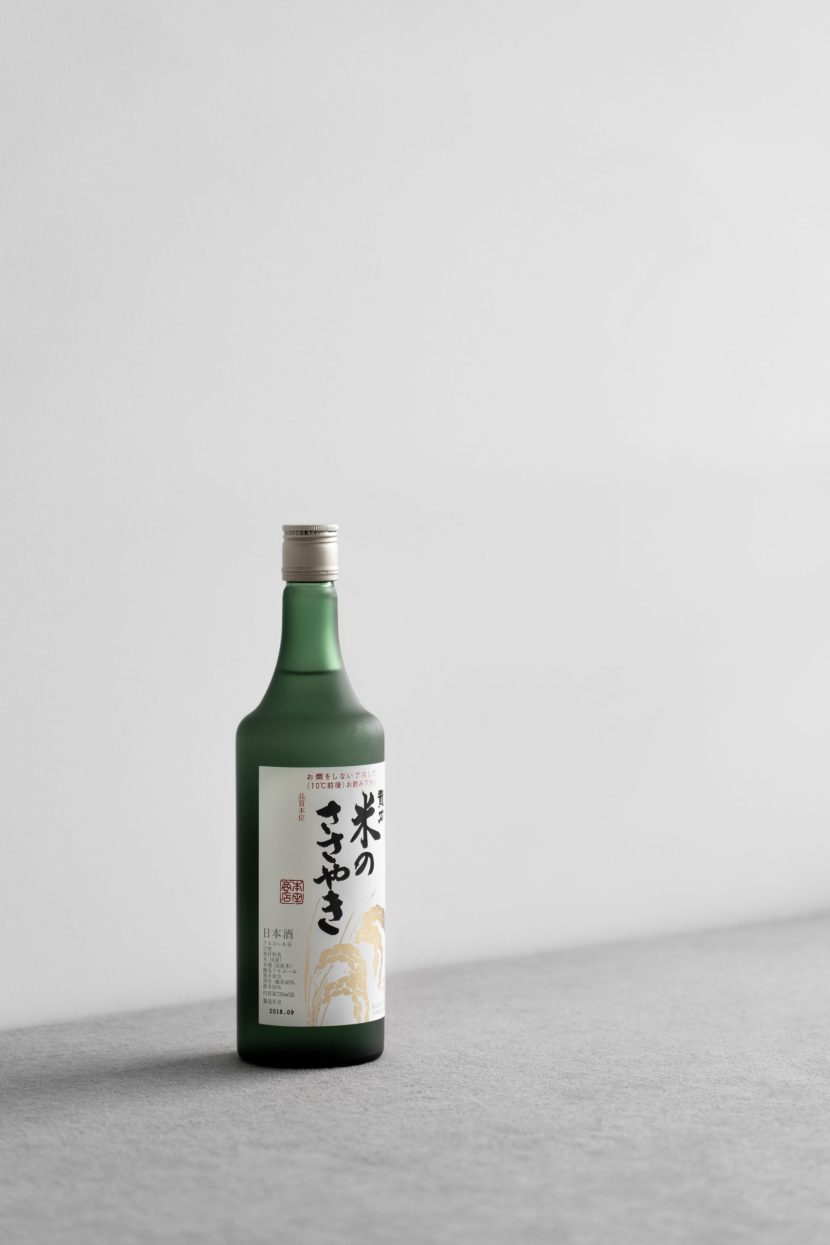The UNESCO committee responsible for safeguarding what is termed Intangible Cultural Heritage is convening in Asunción, Paraguay, until Saturday, to include new entries into the UN cultural organization’s database of global treasures. With over 700 entries to date, the Convention for the Protection of Intangible Cultural Heritage aims to enhance awareness at local, national, and global scales. Preserving cultural […]

The UNESCO committee responsible for safeguarding what is termed Intangible Cultural Heritage is convening in Asunción, Paraguay, until Saturday, to include new entries into the UN cultural organization’s database of global treasures.
With over 700 entries to date, the Convention for the Protection of Intangible Cultural Heritage aims to enhance awareness at local, national, and global scales.
Preserving cultural diversity
The gathering in Asunción – the most recent annual meeting of the committee – is vital for the preservation of cultural diversity in the face of globalisation challenges. Gaining inscription from a large pool of nominations carries the promise of international support and aid.
In the past several decades, UNESCO has been instrumental in redefining what cultural heritage means. The term now extends beyond structures and physical items to include traditions, oral traditions, performing arts, social customs, rituals, festive celebrations, and the expertise associated with traditional crafts.
“The Convention has transformed the definition of heritage – to the point that we now struggle to distinguish between the tangible and the intangible, the locations and the practices,” remarked Audrey Azoulay, the Director-General of UNESCO.
“It is our profound duty to advocate for this heritage, which — far from being simply folklore, far from being static and disconnected from modern realities – is vibrantly alive and essential.”
Sake production using koji mold in Japan
Regarded as a divine contribution, the alcoholic drink sake, crafted from grains and water, is essential during festivals, weddings, rites of passage, and other socio-cultural events in Japan. Deeply embedded in Japanese custom, this beverage is produced by artisans who use koji mold to change the starch in the ingredients into sugar. They carefully monitor the process to ensure the mold thrives under ideal conditions, making adjustments to temperature and humidity as necessary.
Intore, Rwanda
A dance performed by a group in Rwanda, Intore is central to community activities and celebrations, such as harvest festivals and welcoming esteemed guests. Accompanied by songs and poems of victory, the performers are arranged in formations that symbolize the ranks of warriors in battle.

Intore, a Rwandan dance.
Through their movement, they enact a battle against an unseen foe, jumping and brandishing their spears and shields in rhythm with traditional drums and horns, embodying strength.
Taif roses, Saudi Arabia
In the Taif region of Saudi Arabia, the practice of rose cultivation is an essential aspect of social and religious ceremonies and serves as a significant source of income.

A local girl from Taif, Saudi Arabia, wearing the traditional dress of the region.
During the rose harvest season, which begins in March, farmers and their families pick the flowers early in the morning and take them to the local markets for sale or back home for distillation.
Rose water and essential oil are utilized in beauty products, traditional medicine, and culinary applications.
Crafting Aleppo Ghar soap, Syria
In the Syrian Arab Republic, Aleppo ghar soap is made using locally sourced olive oil and laurel oil (ghar).

The crafting of Syrian Aleppo ghar soap is based on traditional knowledge and skills.
Using a cooperative, intergenerational approach, the ingredients are gathered, cooked, and then poured onto the floors of classic soap-making facilities.
When the blend cools, artisans don oversized wooden shoes to chop the slab into cubes, employing their weight and a rake. Then, the cubes are hand-stamped with the family name and piled up to dry.
Tomyum Kung soup from Thailand
Tomyum Kung is a traditional prawn soup from Thailand. The prawns (or shrimp) are boiled with herbs and flavored with regional seasonings. The dish has a unique aroma and vibrant colors, blending various tastes, including sweet, sour, savory, spicy, creamy, and a hint of bitterness.
This dish is thought to promote energy and wellness, especially during the monsoon season. It reflects the culinary expertise of the Buddhist riverside communities in Thailand’s Central Plains and their traditional understanding of the ecosystem and medicinal plants.
The craft of egg decoration

Pysanka, the Ukrainian tradition and art of decorating eggs.
Pysanka involves applying traditional designs and symbols on eggs with wax in Ukraine and Estonia.
The egg is subsequently immersed in dye, leaving the waxed areas untouched. This process is repeated to create the desired designs and hues.
Although now commonly connected to Easter, this tradition holds significance for Ukrainian communities regardless of their religious affiliations.
Henna: rituals, aesthetics, and social customs

Applying henna in celebration of Eid, United Arab Emirates.
Regarded as sacred among communities in Northern Africa and the Middle East, henna leaves are harvested biannually to produce a paste.
Henna paste is frequently used by women for decoration. It symbolizes happiness and is employed in daily life as well as special occasions like births and weddings. Its application is tied to long-standing societal customs and traditions.
Art of horsemanship in Portugal
Distinguished by the rider’s position in the saddle and the traditional clothing and harnesses utilized, equestrian art in Portugal fosters a strong bond between rider and horse, emphasizing respect for the animal and its welfare.
This discipline necessitates a horse that is agile and manageable, such as the purebred Lusitano. It serves as a source of shared identity, being incorporated in pilgrimages, yearly fairs, and other community gatherings.

Female horse rider in Golegã dressed in Portuguese style.
Additional support
This week, two cultural traditions were also added to the List of Intangible Cultural Heritage in Urgent Need of Safeguarding. The Wosana ritual practiced by the Bakalanga community in Northeast and Central Botswana, as well as the Reog Ponorogo performing arts of Indonesia.
This performing art is a traditional theatrical dance that has been performed for centuries on various occasions, including ceremonies to avert disasters. Dancers don costumes of kings and warriors to tell the story of the Bantarangin Kingdom and its ruler.
Visit UNESCO’s website for more information about intangible heritage, where you can explore nearly 700 items listed in its 2003 Convention through the agency’s interactive multimedia portal.














